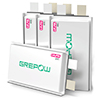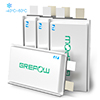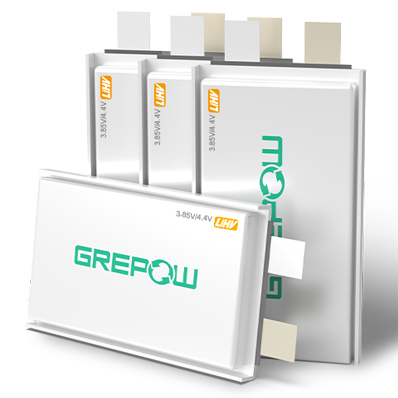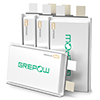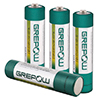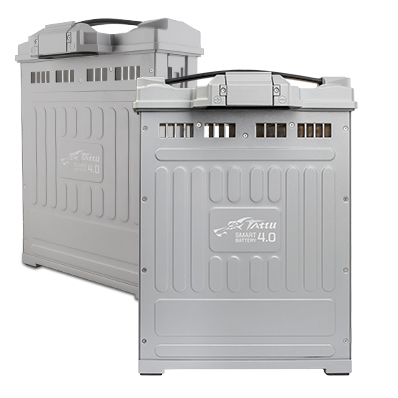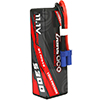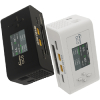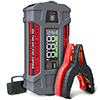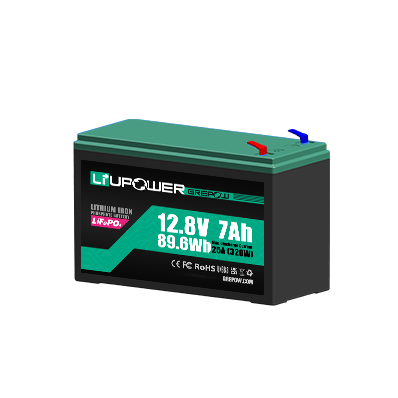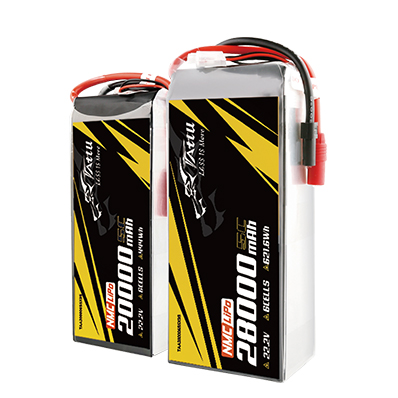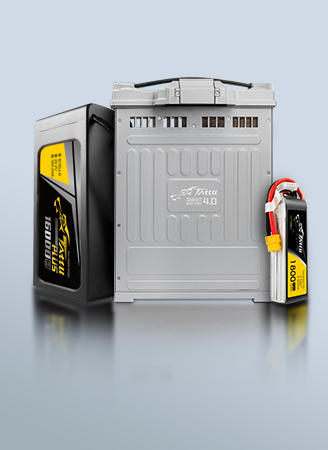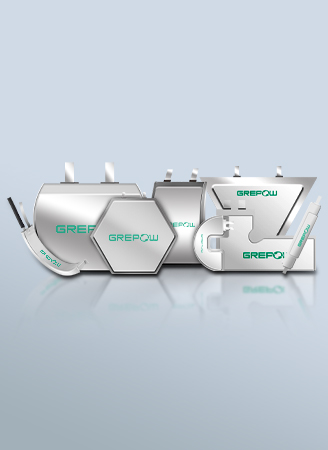An In-Depth Look at the LiPo Battery Testing Process
In today's technology-driven world, lithium-ion polymer (LiPo) batteries have become a critical power source, thanks to their high energy density and long cycle life. However, their stable performance and safety aren't a given—they are the result of a rigorous and comprehensive testing system that spans every stage, from raw material selection to final product delivery. This deep dive will take you into the world of LiPo battery testing, revealing how scientific and systematic validation forges exceptional, trustworthy quality.
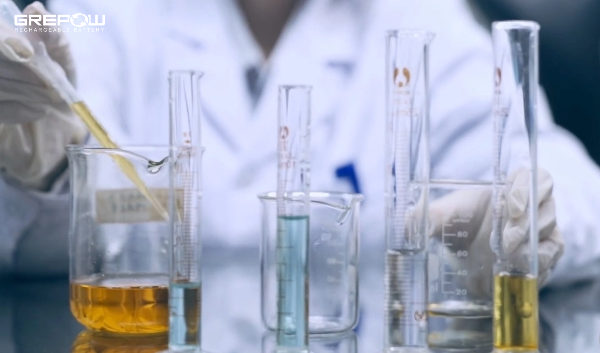
Raw Material Testing: The First Line of Defense
A high-quality cell is born from stable and pure materials. Raw material testing not only determines the upper limit of a product's performance but also its consistency.
Moisture Content Testing: Guardian of Purity
●Goal: To strictly control trace amounts of moisture (at the parts-per-million, or ppm, level) in cathode, anode, and electrolyte materials. Moisture is a primary culprit for gas generation, unstable Solid Electrolyte Interphase (SEI) films, and performance degradation.
●Tool: Karl Fischer titrators (coulometric/volumetric), which offer ultra-high sensitivity at the parts-per-billion (ppb) level.
●Purpose: To ensure the materials are free of impurities, eliminating performance and safety risks caused by moisture at the source.
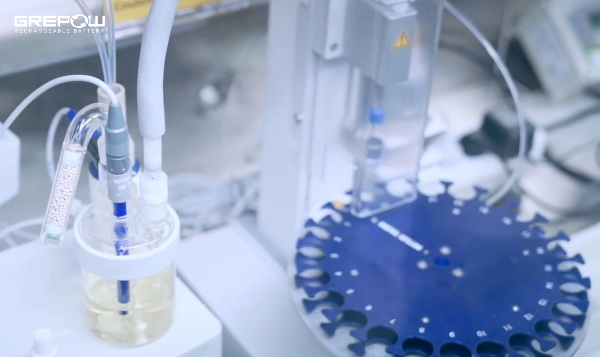
Specific Surface Area (BET) Testing: The Code for Activity and Power
●Goal: To precisely measure the specific surface area (in m2/g) of the active material powders used in the cathode and anode.
●Principle: Based on the BET theory of gas adsorption (e.g., using nitrogen gas).
●Value: Specific surface area directly affects lithium-ion migration rates and electrode reaction activity. It is a key microscopic parameter that determines the battery's C-rate performance (fast charging/discharging capability) and capacity. Analyzing the surface characteristics of powders helps to optimize material performance.
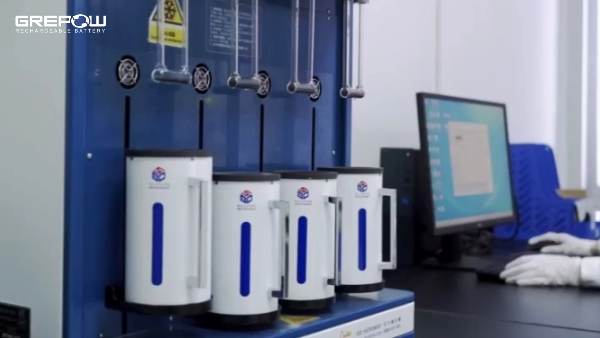
Particle Size Testing: Ensuring Uniformity and Process Consistency
●Goal: To characterize the particle size distribution (D10, D50, D90) of powder materials, such as active materials and conductive agents.
●Technique: Laser diffraction particle size analyzers.
●Value: Particle size distribution influences the uniformity of electrode coating, compaction density, and ion/electron transport paths. Understanding particle distribution is fundamental to achieving consistent electrode manufacturing. Particle size and specific surface area together reveal the microscopic characteristics of powder materials.
Separator Air Permeability Testing: The Gatekeeper for Ion Flow
●Goal: To evaluate the resistance of the separator to gas permeation, known as the Gurley value (in seconds), which reflects its microporous structure and ion conduction ability.
●Value: Air permeability directly impacts the battery's internal resistance and C-rate performance. Its stability is also crucial for long-term safety, as it prevents dendrite penetration during cycling.
●Application Stability: Testing is often performed after exposure to different temperatures, humidity levels, or electrolyte immersion to evaluate how well the material maintains its performance under real-world conditions.
Material Composition Analysis: A Nanoscale "Eye of Truth"
●Goal: To accurately determine the elemental composition, impurity content, and coating thickness of raw materials and electrode sheets.
●Tools:
Atomic Absorption Spectrometry (AAS): High-sensitivity detection of trace metal impurities like Fe, Cu, and Zn.
X-Ray Fluorescence (XRF): Rapid, non-destructive analysis of major elemental composition and plating thickness.
●Purpose: This technology decodes the chemical makeup of materials with nanoscale precision, ensuring raw materials meet strict specifications, tracking process contamination, and providing a solid analytical foundation for product innovation, such as the development of new electrode materials and additives.
2. Cell-Level Testing: Comprehensive Evaluation
The performance of an individual cell is the foundation of a LiPo battery. Cell-level testing involves simulating various extreme situations to comprehensively validate its critical performance and safety limits under different conditions.
Safety Performance Testing: Verifying Reliability in Extreme Conditions
Cell safety is the most critical aspect of all testing. In a professional safety testing area, destructive experiments simulate real-world extreme scenarios to ensure the product maintains a high level of resilience under abnormal use. This includes, but isn't limited to:
●Overcharge/Over-discharge Testing: Simulates a failure in the charging or discharging management system, observing changes in internal cell structure, temperature rise, and whether thermal runaway occurs.
●External Short-Circuit Testing: The cell's positive and negative terminals are instantly short-circuited to test its safety response mechanism under a massive current surge.
●Crush, Nail Penetration, and Impact Testing: Physical destruction methods simulate external mechanical damage to verify the cell's internal structural integrity and puncture resistance. These tests confirm the cell's ability to prevent a chain reaction triggered by an internal short circuit.
These tests are not only "stress tests" for the cell but also a robust defense for user safety.
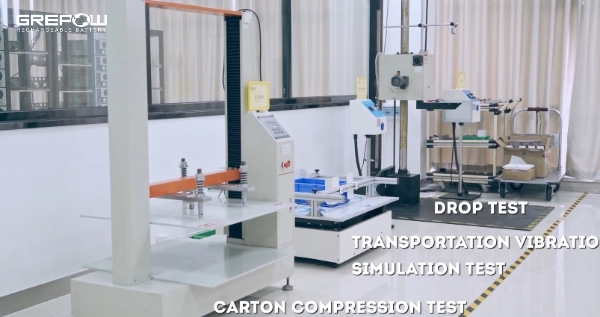
High and Low-Temperature Performance Testing: Exploring Boundaries
Battery performance is extremely sensitive to temperature changes. Using high- and low-temperature test chambers with precision control of ±0.1∘C, cells are tested across a wide temperature range, from −40∘C to 85∘C and beyond. This is done to:
●Explore Critical Thresholds: To study the decay in charging/discharging performance, changes in internal resistance, and capacity loss at extremely low or high temperatures.
●Verify Extreme Environment Adaptability: To ensure the battery can operate stably in harsh environments like cold winters or hot summers without being affected by temperature fluctuations.
●High and low-temperature testing provides a scientific basis for understanding how a battery performs in different applications.
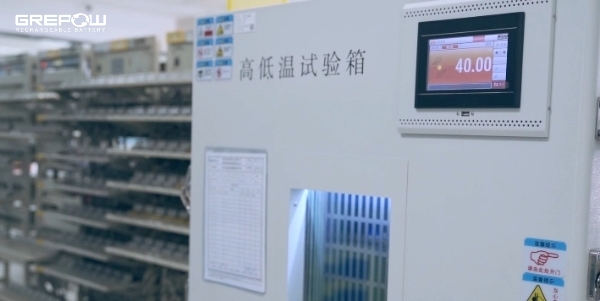
Cycle Life Testing: Accelerated Aging to Gauge Durability
Cycle life is a core metric for a LiPo battery's long-term value. By simulating the charge/discharge cycles of real-world use, along with accelerated aging tests, a product's cycle life can be scientifically and quickly validated. Throughout the testing process, the rate of capacity decay and the increase in internal resistance are precisely recorded after each cycle. This data is used to predict performance after years of use. For example, if a cell's capacity decays to 80% after 2,000 cycles under specific test conditions, its durability in real-world applications can be accurately assessed.
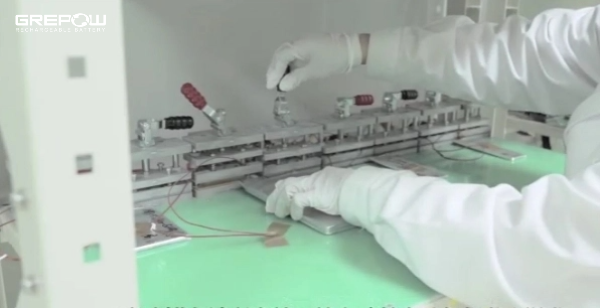
Battery Pack Testing: System Integration and Intelligent Protection
The performance of individual cells is just the foundation. When multiple cells are integrated into a battery pack, its overall performance and safety must be verified through more complex, system-level tests.
Multi-Channel Voltage and Real-Time Monitoring
In battery pack testing, a multi-channel voltage system (with up to 32 channels) is used to monitor the voltage changes of every cell in real time. This helps to promptly detect issues like uneven voltage or cell mismatch. Simultaneously, real-time monitoring of State of Charge (SOC) and State of Health (SOH) provides digital, visual data to support the pack's overall health assessment.
Intelligent Thermal Control and Safety Assurance
Battery pack test chambers can precisely control temperature to simulate thermal management performance in a range of environments, from daily use to extreme conditions. More importantly, the testing system integrates an intelligent early warning system and a fire suppression system. If key parameters like voltage or temperature exceed safety thresholds, the system immediately triggers a multi-level alert and automatically activates fire suppression, providing the highest level of real-time protection for both the testing process and the product.
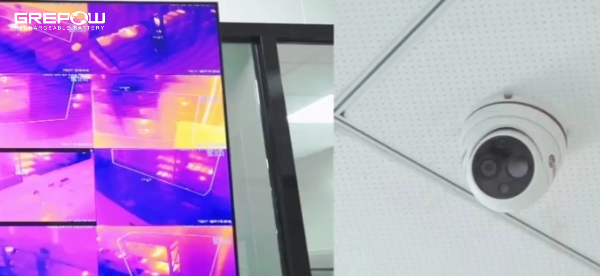
Conclusion
The LiPo battery testing system isn't a single process but a multi-dimensional validation system that covers every level, from raw materials and cells to modules and the final system. Supported by standardized testing procedures and precision instruments, this system not only ensures product safety, reliability, and consistency but also builds a lasting competitive advantage. For every battery manufacturer, testing isn't just the end of a process; it's the starting point of quality control. On the road to developing future high-power, intelligent, and extreme environment-capable batteries, a combination of rigorous testing and technological innovation is what will truly make LiPo batteries the core power source of the future.As a global leader in LiPo battery manufacturing, Grepow integrates world-class advanced equipment to conduct rigorous testing across every stage — from raw materials and individual cells to final battery packs. This uncompromising approach ensures the consistent delivery of high-quality batteries, empowering industries ranging from drones to smart wearables. If you have any questions or needs, please feel free to contact us at info@grepow.com.
Related Articles
-

Powering Aerial Artistry: Grepow Battery Solutions Behind Drone Light Shows
2025-10-27 -

Powering the Future of Wearables: How Grepow's Patented Curved Battery is Revolutionizing the Smart Ring
2025-10-16 -

Grepow Battery Announces Manufacturing Agreement with Powerbanc Group
2025-09-30
Related products
-

Tattu Neo Series Smart Batteries For Industrial Drones
-
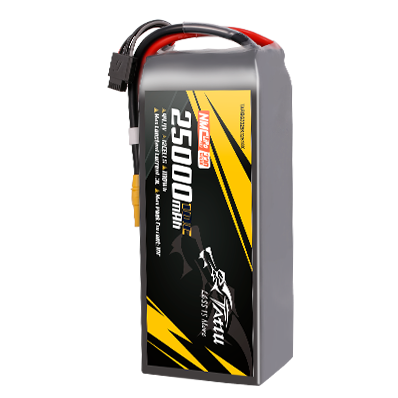
330Wh/kg Series Semi-Solid State High Energy Density Battery Pack
-
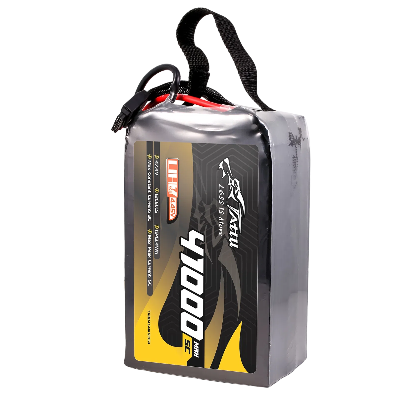
4.45V Ultra High Voltage Series Semi-Solid State Battery



